Frequently Asked Questions
Anterior Cervical Discectomy and Artificial Disc
You have a disc in your neck that is herniated, pushing against either the spinal cord or one of the nerves. This can cause pain that is in the neck, with pain, numbness, tingling and/or weakness that goes down one or both arms, and in some cases, the legs. If the spinal cord is compressed, it can affect balance, dexterity, and bowel or bladder function.
In this surgery, a small incision is made in the front of the neck. The entire disc is removed, taking the pressure off of the spinal cord and nerve roots. The areas where the disc was removed is replaced with an artificial disc device, which allows the spine to move in the same manner as prior to surgery.
The surgery itself takes about 60 minutes of surgical time in the operating room, plus about 30-60 minutes to put the patient to sleep and in position for the surgery, and about 1-2 hours in the recovery room after surgery.
The incision is closed with surgical glue, which should flake off over about a week or so. There are dissolvable stitches underneath the incision, and those will dissolve over about 8-12 weeks. The incision may be swollen initially after surgery, but this should improve with time. If there is redness, pus, or other drainage from the incision, please call our office.
After surgery, the pain that is radiating down the arm should improve relatively quickly (in hours to days), while numbness and tingling can takes days to weeks to improve. If there is significant weakness in the arms or legs prior to surgery, this may take weeks or potentially months of rehabilitation and physical therapy to improve. The rate and amount of recovery is often dependent on the length of time that the nerve has been compressed, as well as the severity of the compression.
There will be some pain in the neck after surgery, and this usually involves a sore throat, or some pain between the shoulder blades in the back of the neck. These symptoms may take 1-3 weeks to improve. The surgery will not make you feel like a teenager. The goal of surgery is to remove compression of the spinal cord and nerves to make the patient have less pain, numbness, tingling, or weakness in the arms.
The main restriction after surgery is no heavy lifting greater than 10 pounds for the first six weeks. The patient may be up walking, and otherwise participating in normal daily activities as much as tolerated.
Patients can typically return to driving once they are off narcotics, or are back to the baseline amount of pain medications that they were taking prior to surgery.
At six weeks, physical therapy is started, which can be done at the facility of the patient’s choice. Therapy is usually 2-3 sessions per week for up to six weeks, but depending on how well a patient is doing, it may be completed earlier or later. The amount of therapy that is covered by insurance is dependent on your particular insurance plan.
The entire recovery rate for an anterior cervical discectomy and artifical disc is approximately 9-15 months. The patient is not in bed for this entire period of time, but it may take this long before full improvement is achieved.
With any surgery, there are risks and benefits. The benefit of the surgery is to remove the compression on the nerve to improve the pain, numbness, tingling, or weakness. However, there are always risks with any type of surgery. The risks of surgery includes but is not limited to bleeding, infection, stroke, paralysis, coma, death, pain, numbness, tingling, weakness, failure of the bone to fuse, difficulty with speaking, breathing or swallowing, and need for future surgery.
A small percentage of patients may develop heterotopic ossification, which means that bone fuses over the artificial disc, causing it to be unable to move as it was intended. The risk of this developing is in the first 30 days, so we recommend that patients take ibuprofen 800 mg once a day for 30 days. After that time, it can be taken as needed.
In male patients over 50, or who have a pre-existing history of prostate cancer, or enlarged prostate, the patient may have urinary retention. In some cases, this requires additional medication to aid with urination. In other cases, the patient may require catheterization. This typically improves over several weeks, and is most often due to the pre-existing prostate issues combined with anesthesia. It happens far less often in female patients.
If you have any questions, please feel free to contact us at your convenience.








